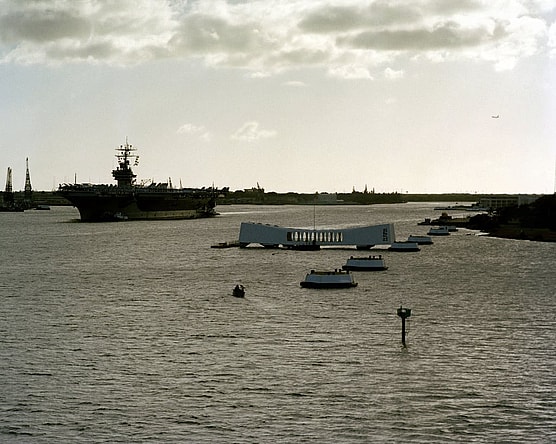
All around the world, there exist remnants of long-gone events that serve as a reminder of wars that left their mark on the regions they were fought in. It’s not unbelievable to imagine that there are antiquities and buried jewels out there in the water, waiting to be retrieved, especially given how recent the attack on Pearl Harbor was. Even though we’re still searching for these lost Pearl Harbor artifacts, it’s interesting to think about what has turned up in the seventy-five years since the assault.
A few of these amazing Pearl Harbor artifacts are on display at World War II Valor in the Pacific National Monument at Pearl Harbor, as well as other museums across the world, including the Smithsonian.
Read More: 10 Most Influential Women in the American Civil War
5. USS Arizona Wreckage
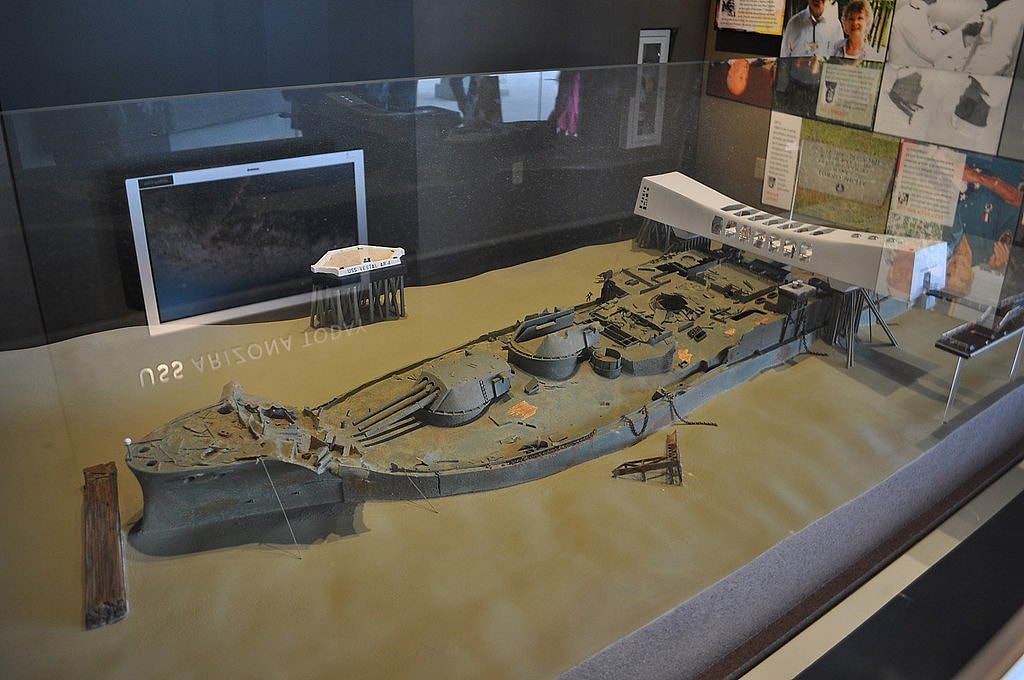
Personal effects and other pieces of ship equipment were among the items that were taken with the ships when they sank to the bottom of the harbor, including the USS Arizona and Oklahoma. The discovery of items like lightbulbs, binoculars, and a sailor’s cap among the wreckage of the Arizona is hardly surprising.
A formal tea service with additional silverware, an Elgin clock discovered on the Admiral’s bridge, and the flag that was flying the morning of the attack were among the other noteworthy objects that had survived their submersion.Risers from Japanese fighter planes shot down during the raid were strewn about the harbor and the island’s coast.
4. Superstructure, Flag and Silverware
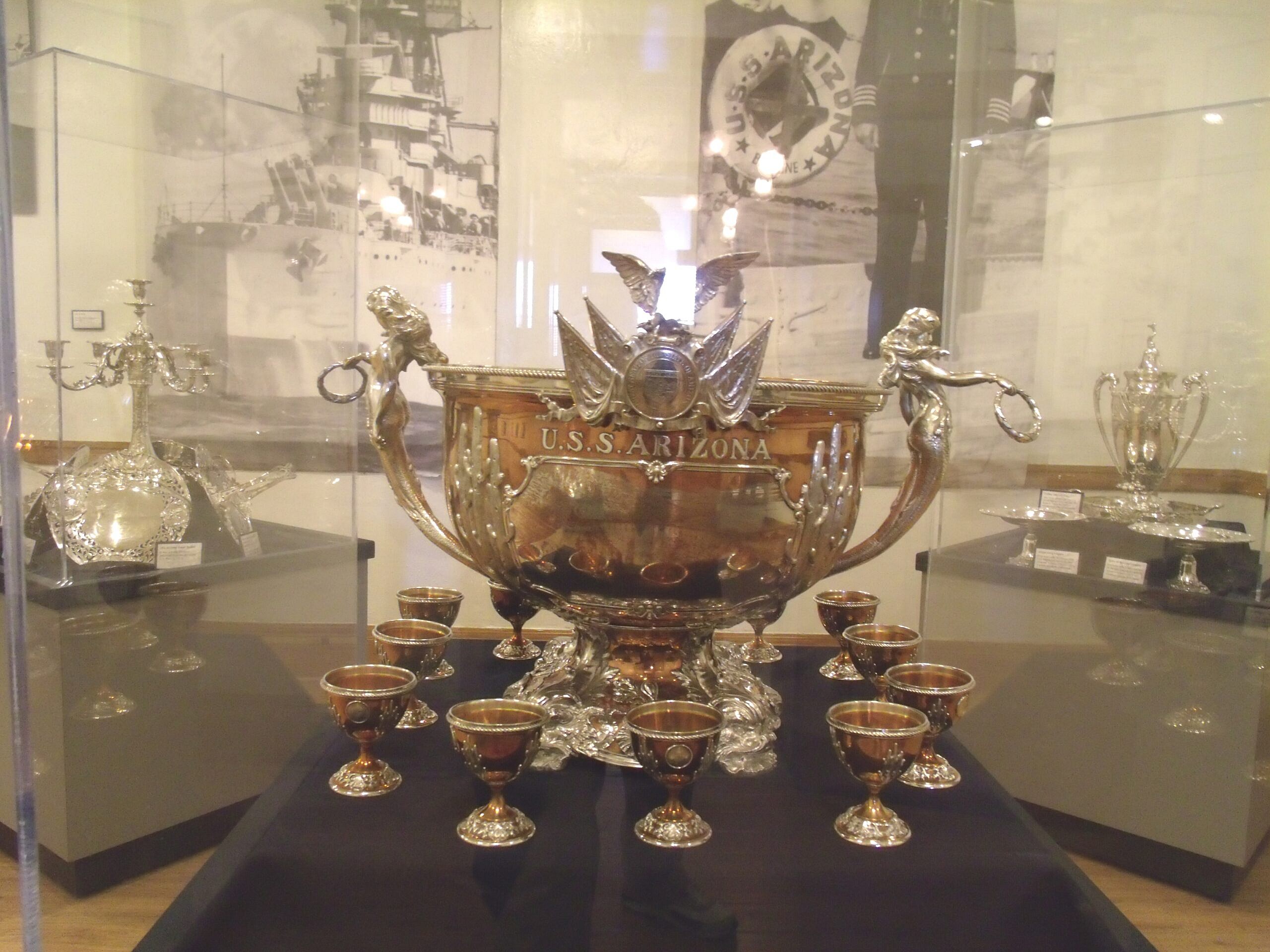
The Arizona State Capitol Museum is located in Phoenix, a few hours’ drive north of Tucson and the University of Arizona. There are a few more USS Arizona relics that you will see.
A 500-pound superstructure, or a sizable portion of the USS Arizona, and the original flag that was flown the day the ship sank are on display on the museum’s first floor. Parts of the original cutlery set that was on board the ship are still visible here. There are currently fifty-nine pieces of the set on exhibit.
Also Read: 10 Overlooked Revolutionary War Heroes We’re Revisiting
3. USS Arizona Bell
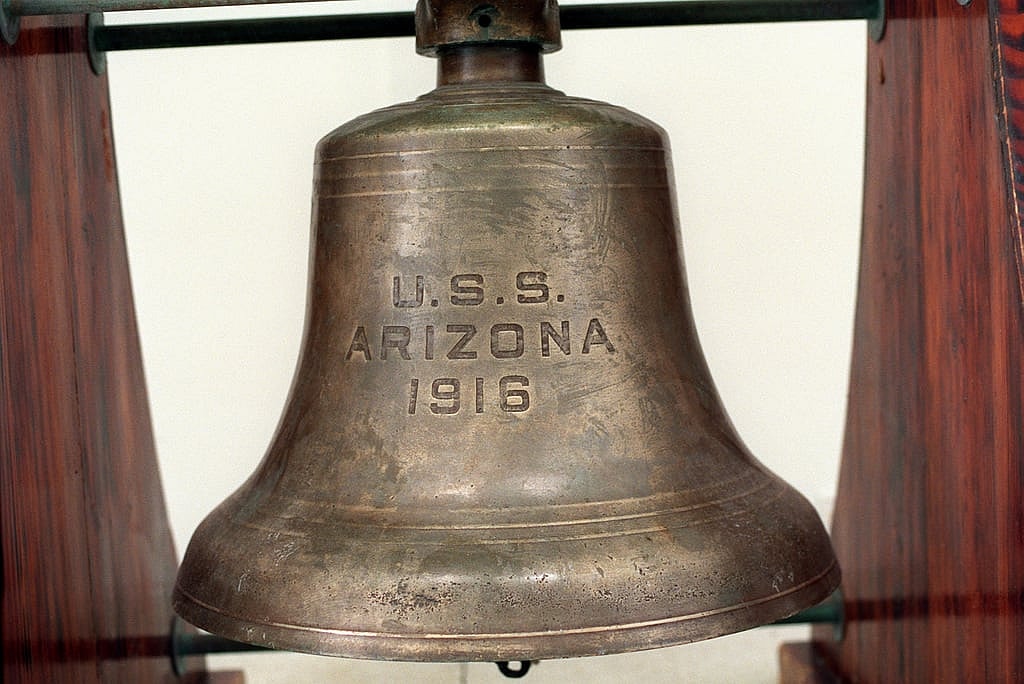
One of the two original bells that were recovered from the USS Arizona in 1941 is this one. Wilber L. Bill Bowers, University of Arizona Class of 1927, found this bell at the Puget Sound Naval Yard in Bremerton, Washington, on the verge of melting down in 1944. Shortly after World War II, Bowers played a crucial role in securing the bell for the University of Arizona, sparing it from destruction and recovering many Pearl Harbor artifacts now on display.
In July 1946, the USS Arizona bell made its way to campus. The bell in the then-new Memorial Student Union Building’s clock tower was rung for the first time on November 17, 1951.
For the next fifty years, the bell was rung on important days until the Student Union and clock tower were demolished to create room for the current building, which was finished in 2002. August 16, 2002 saw the installation of the bell within this clock tower. On September 11, 2002, Bill Bowers, then 99 years old, was granted the privilege of ringing the bell in the new belfry for the first time.
2. USS Arizona Bulkhead

Standing at over twelve feet tall, the relic at the focus of the show is a burned chunk of the main deck framing on the port side of the ship. The remaining salvage, which is rusty and oil-stained, has the portholes and the section that frames the vegetable store in the galley, just one of the many Pearl Harbor artifacts similarly housed.
The Pearl Harbor Aviation museum creatively tells the tale of the aerial attack on Pearl Harbor that propelled America into World War II by placing the USS Arizona exhibit next to two attacking Japanese aircraft it has on display, the Mitsubishi A6M “Zero” and the Nakajima B5N “Kate” bomber.
Also Read: 11 Most Wanted Rare Antique Glass Collectors Are Looking For
1. USS Arizona Flag – Pearl Harbor Artifacts
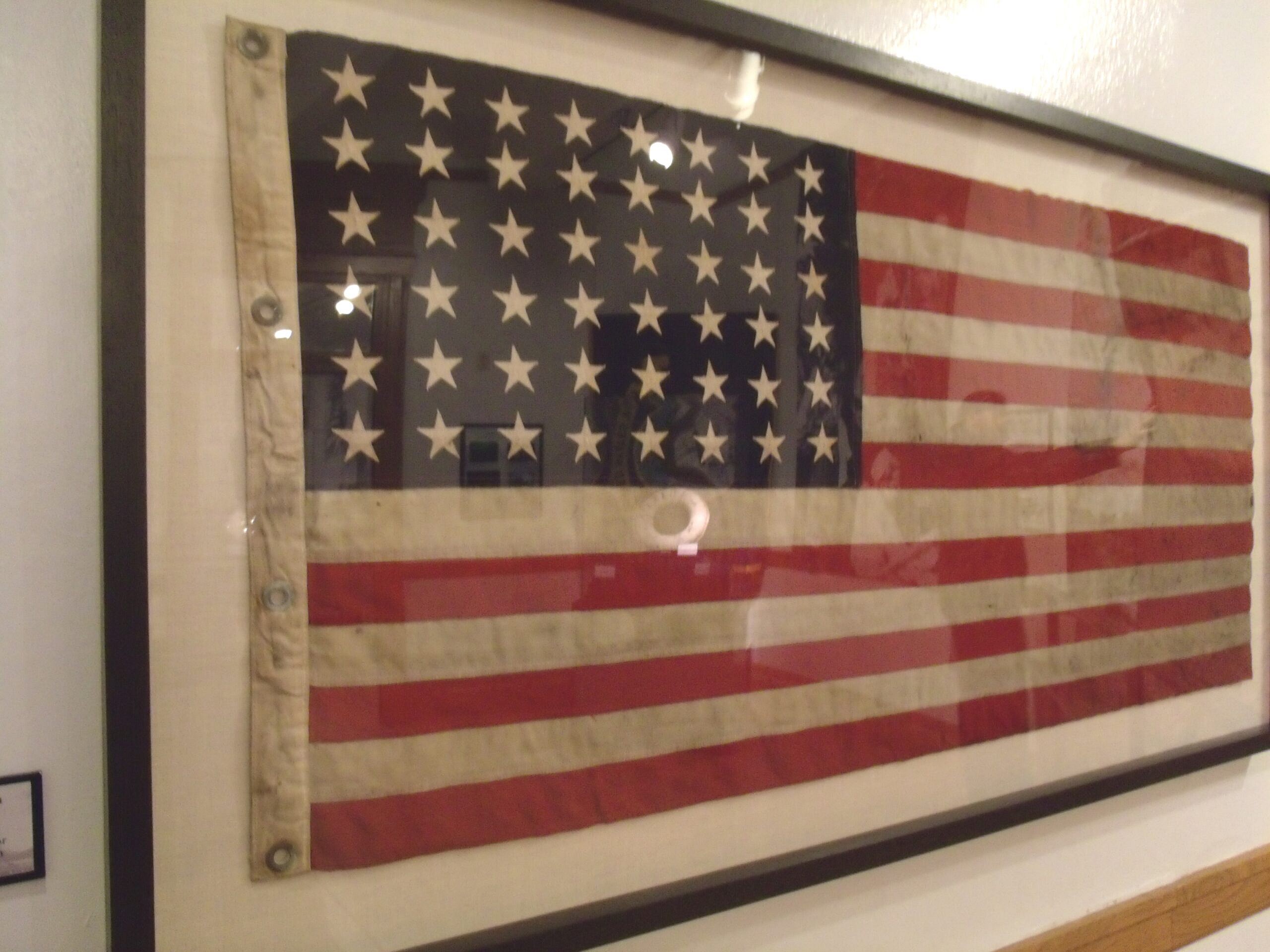
According to the individuals performing the salvage, this specific flag was recovered from the ship and may have originated from the admiral’s barge or the captain’s little boat. A letter that was given with the banner when it was donated to the museum tells the tale of the flag. At Pearl Harbor, a salvage engineer wrote the letter in May 1942, penning one of the most important Pearl Harbor artifacts from history.
It describes how the flag was found and delivered to the Hawaii American Legion. It reappeared in the 1990s and was donated to Arizona. Now, the flag will be on display for a number of years because it is housed in a museum-caliber frame at the Arizona Capitol Museum. This is one of the most important Pearl Harbor artifacts and one that has gained increased attention with its recent exhibition.
